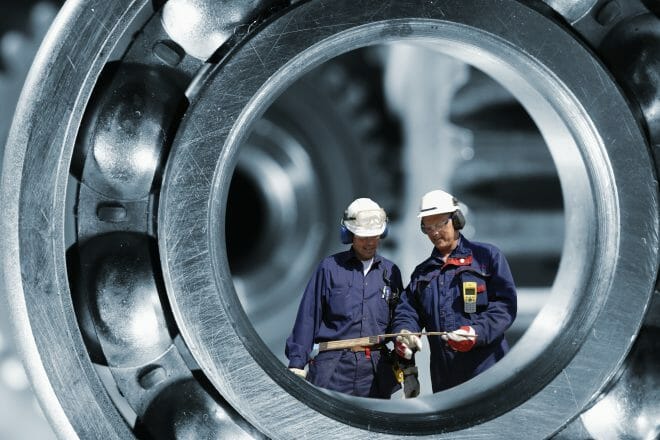Strainers and filters are utilized for removing contaminants and pollutants to maximize efficiency during manufacturing, facilitate the removal of debris that may damage equipment, and keep contaminants and other pollutants out of liquids. However, having a filter or strainer that is not properly equipped for the job can either render its purpose useless or complicate a job. Thankfully, we’re going to explain five factors that one should consider when setting up a strainer or filter for their application.
Cost of Operations
It’s the self-cleaning, automatic filters that are known to be more expensive in comparison to manual strainers and filters. So when selecting a filter for these, it’s important to consider downtime and labor costs for cartridge/filter replacement, the cost of labor to clean it, and the cost of disposing of the waste.
Pressure Drop
Whenever there is a decrease of fluid pressure in a piping component (such as in a filter), it’s referred to as a pressure drop. Whenever a liquid is forced through a filter and contamination is removed, it will change its direction many different times. So due to this action, there is resistance to the liquid’s flow and the pressure lowers once the liquid begins to pass through the filter.
Now several factors may contribute to a pressure drop, whether it be the viscosity, flow rate, contaminants present, and/or filter media. So why should one have a concern about the pressure drop? Well, once the strainer or filter bag starts to fill, there’s an increase to the pressure drop as the debris filtered begins to cover the filter’s surface. Once the pressure becomes too much for the filter to handle, the desired flow becomes compromised. It’s the loading of particles and surface area of the filter that determines how often it will need to be emptied. In the event the pressure drop is more than the filter can handle, the filter will clog incredibly quickly.

Operating Pressure At Minimum/Maximum
Each filter is gauged for their intended maximum pressure. So given such circumstances, it’s important to understand what filter you’ll need when the project you’re performing is at maximum pressure. Although the minimal pressure is not an important requirement for filters, it does make a difference for filters that are self-cleaning or automatic. In the event the flushing mechanism of the filter is engaged, the maintained operating pressure must be minimum.
Operating At Max Flow
The flow rate is what determines the filter size you’ll need for the job. For example, if you work with a filter that can only handle a 100 GPM flow, it will not be efficient enough to handle a flow of 150 GPM. If you want a filter that can handle a flow at 150 GPM, you’ll have to get a filter that’s a size larger. GPM standard for Gallons Per Minute, also known as flow rate, and is the industry standard form of measurement.
The Characteristics of Particles/Minerals & Your Work
If you have a solid understanding of the size and type of particles that will be filtered, it will make the process of finding the correct micron size of the filter significantly easier. For example, if one is filtering water from a well, there’s several different inorganic debris. If one is filtering from a pond, you’ll likely have to filter out leaves, algae, and other organic matter.
Inorganic matter often requires a smaller screen so it may trap sediment and sand that would have no problem passing through larger traps. However, it’s worth mentioning that we’re only mentioning water, as one can filter liquids such as honey, paint, paper coatings, and so much more.
Takeaways
Considering the information above, before one purchases a filter or strainer it is necessary to consider:
– The cost of operations
– The pressure drop.
– The operating pressure.
– The maximum flow.
– The particles and minerals one is filtering.
Thankfully, SaniClean Strainers is here to help you with such a decision. Contact us today to speak with our experts regarding how to choose the right strainer for your operation.
